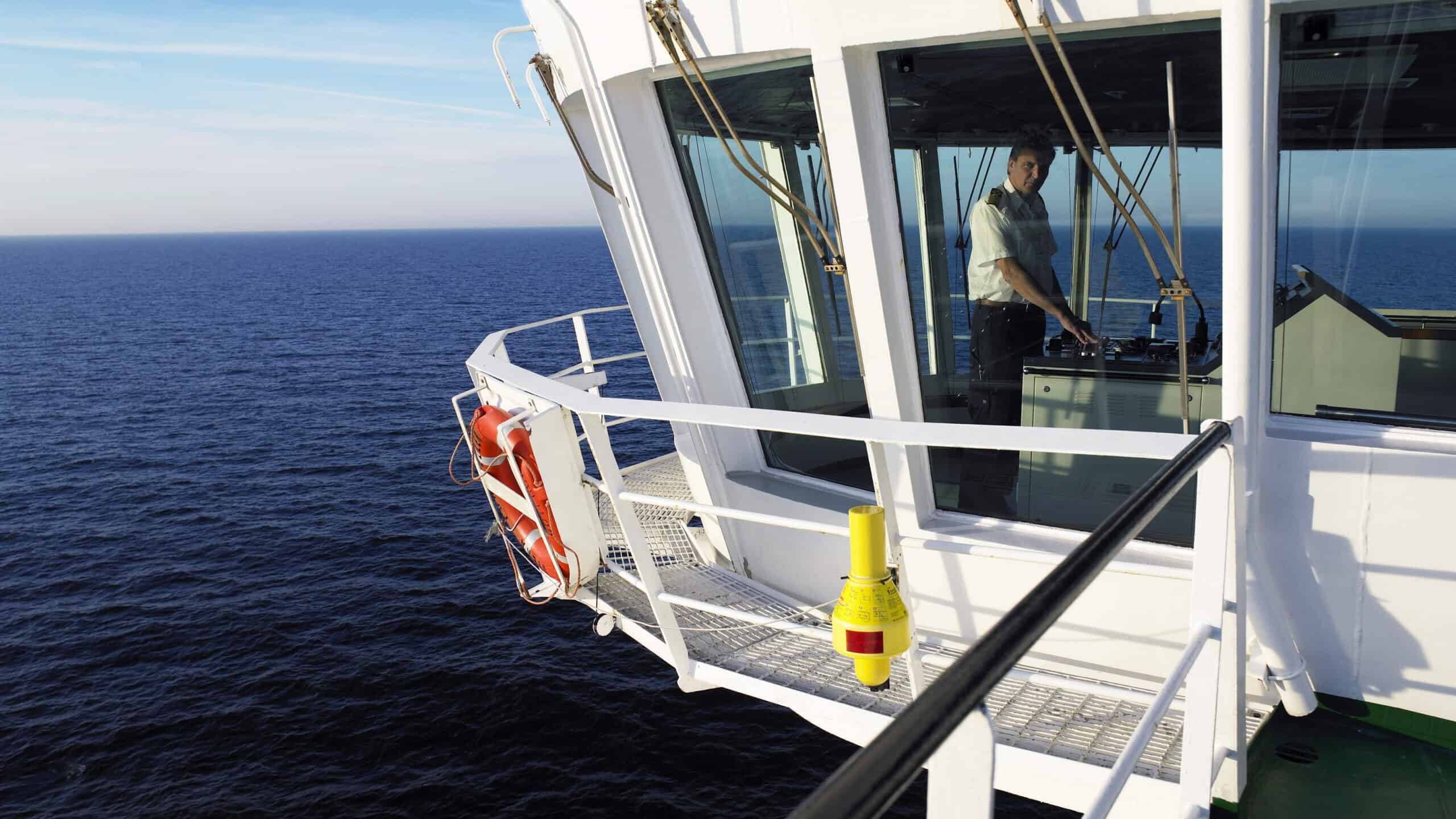Can small bugs be used to develop drugs? Or are friendly bacteria just another hype that will lead to losses for investors? Tim Mak, a microbiome expert, explains why the field has attracted a lot of attention and investments recently. Tim is also consulting for investiere portfolio company S-Biomedic as Microbiome Business Lead. S-Biomedic is a Belgium based life science company working with live bacteria to develop treatments and products for skin disorders.

Consultant
Tim Mak is currently working as a life sciences business consultant for pharmaceutical companies (Takeda, Roche), biotech start-ups (S-Biomedic) and investors. Tim has managed and led microbiome, oncology and drug development projects. He has a PhD in Microbiology from Max Planck Institute for Infection Biology in Berlin and gained working experience in multiple organisations such as Janssen (J&J) and the University of Cambridge.
There are countless different bacteria that colonize the human gut. Collectively, they are known as the microbiome and subject to increased attention from science, corporations and startups alike. Why is the interest in these tiny things so big now?
When they hear “bacteria”, many people think of something dirty or harmful and feel an urge to wash their hands. But scientific research has shown how important the microbiome is for human health and wellbeing. It includes not only bacteria but also other microorganisms that you can’t see with the naked eye, viruses, and fungi, for example. There is not just a microbiome in the gut, but also one on the skin and a different one in the oral cavity. An imbalanced microbiome composition can be problematic. Our microbiome starts developing from birth and has a life-long influence on our health and lifestyle.
“Our microbiome has a life-long influence on our health and lifestyle”
So these bacteria aren’t as evil as the manufacturers of disinfectant lotions want us to believe. Is it maybe even harmful to obsessively wash hands all the time?
Moderation would be better. Studies show that children that grow up in the countryside have fewer allergies than their urban cousins. This could be explained with the Hygiene Hypothesis. In the domain of beauty, there is now a trend towards less use of shampoo and soap because of a fear that they are detrimental to a healthy skin microbiome. Some companies have started selling skincare enriched with bacteria. This is a sign that the significance of the microbiome is starting to be appreciated.
How well do we actually understand how the microbiome works?
I’d say that we know about the tip of the iceberg, but a big part of it is still hidden. The Human Microbiome Project (HMP) was first established in 2007 and since then the microbiome field has been one of the trendiest research topics. In addition, rapid advances in next-generation sequencing methods have allowed us to gather big data sets on the microbiome. The next step concerns the function of the microbiome and the question of what exactly the different bacteria/microorganisms do.
Is that question difficult?
There are several layers of complexity on top of each other. It isn’t enough to analyze the bacteria one by one, the interactions between them need to be taken into account. I already mentioned that there are other microorganisms, not just bacterial. And then there is the interaction with the human body and the environment.
Does this mean that there is not just one perfect microbiome for everybody?
No, there are regional differences that matter. Differences in nutrition have large effects on the microbiome which influences the way it processes food. In Japan, people have a special bacterium in the gut microbiota that is specialized in digesting seaweed. Inflammatory bowel disease, a typical western affliction linked to a fast-food diet is spreading in emerging countries too. One of the problems of the pharma industry is its focus on a certain population. A vaccine that was developed in the US failed spectacularly when it was introduced in developing countries.
Which countries are the most active in microbiome research?
The US is leading the field with a large distance to the EU. There is more money in research and more venture capital available to support high-risk topics such as this. On top of this, the big tech firms Google and Microsoft are pouring a lot of resources into the topic.
Why on earth would tech companies be interested in bacteria?
Microsoft has partnered with Eagle Genomics and wants to provide the computing power to analyze the increasingly large datasets. And for Verily, Google’s Life Science arm, the microbiome is probably just another data set that describes the individual very well, like online search history. It is interesting to note that all the approaches with which people can analyze their personal microbiome that sell quite well in the US struggle to take off in the EU where people are much more skeptical and reluctant to divulge personal data.
Many startups are centered on the gut microbiome, while there are just a few that look at the skin microbiome. Why is that?
The challenges are different. It is true that there is much less research in the field of the skin microbiome, the attention is on the gut. There is also simply less biomass on the skin than in the gut. Nevertheless, big companies have recently started to pay attention both to skin diseases such as acne and on the possible cosmetic applications.
You’re working for S-Biomedic, a portfolio company of investiere. How would you describe what this company does and how does that compare to other approaches in the skin microbiome?
S-Biomedic has developed a platform technology to harness the skin microbiome and is now concentrating on acne and cosmetic uses. Acne is a disease and pharmaceutical applications have severe side effects. But the possibility of restoring the microbiome in cases where it is severely diminished is promising. S-Biomedic is one of the few companies that actually look into the science behind the skin microbiome. For S-Biomedic it is crucial to work with the
causality and understand the cross-talk of the bacteria and the human skin and we hope to see this trend growing across the industry.
There are many different startups that work with the microbiome. How can one classify them?
I follow the development of around 200 startups in this field. At first, there were many startups active in diagnostics. They typically were firms active in the domain of sequencing. When they realized the value of the data they provided to their clients, they wanted to get into the game too. For me, the most promising field in the long term seems to be the microbiome as an instrument of drug discovery & development. At the moment, nutraceuticals are a big thing. This is a term for food that promises health benefits. It is not a surprise that big players such as Nestlé and Danone are moving in this direction, because that is where big investment can be made.
What is the connection between food and bacteria in nutraceuticals?
There are three different approaches. The first is called prebiotics which are nutrients that encourage the growth of microorganisms. The second approach is called probiotics. These are foods that include living beneficial bacteria. A well-known example of probiotics is yogurt. The third approach is called postbiotics, and it includes products or byproducts of the bacteria’s metabolism which might be beneficial to the human host.
You said earlier that it is not only the microbiome inside the human that is of scientific interest but also the microbiome in the environment. Are there startups in this field as well?
Yes, albeit not that many yet. In agriculture, the soil microbiome is studied with the goal to increase crop production. Animals could also be fed with pre- and probiotics to improve their health and reduce the use of antibiotics. And there are even studies show that some unique marine bacteria are capable of removing CO2 from the atmosphere. This could also be one of the ways that the environmental microbiome could help in the climate change battle.
All this sounds very promising, but there have been examples in the US where startups have promised far more than they could eventually deliver. How can investors avoid this kind of awakening?
This is the kind of problem you get if you believe the microbiome trend and lack understanding of the healthcare industry. But it doesn’t mean that there is something fundamentally wrong with startups active in this field. I do think that microbiome research has huge potential, but the drawback is that there are people out there who boldly claim things that simply don’t work. Investors have to be cautious and dig deep into the science in addition to understanding the microbiome industry, not just invest based on a “Microbiome Label”.
Written by
WITH US, YOU CANCO-INVEST IN DEEP TECH STARTUPS

Verve's investor network
With annual investments of EUR 60-70 mio, we belong to the top 10% most active startup investors in Europe. We therefore get you into competitive financing rounds alongside other world-class venture capital funds.
We empower you to build your individual portfolio.
More News
22.02.2022
“We think
in decades”
Stena (Switzerland) joins Constructive Venture Fund as the fifth founding partner. In this interview, Andy Boehm and Per Hellberg explain why one of Sweden’s largest owners of real estate invests in venture capital and how they can contribute more than just capital to a startup’s success.
08.02.2021
“Collaboration is beneficial for all of us”
In this interview, Nicole Walker explains why she joined BEKB as Head of Innovation and why the cantonal bank joined Swiss Immo Lab to invest in startups.
06.06.2019
“Versantis is not just exciting science”
Peter Nicklin is an accomplished manager with more than 30 years of experience in healthcare and pharma. In our interview, he tells us why he joined Versantis.
Startups,Innovation andVenture Capital
Sign up to receive our weekly newsletter and learn about investing in technologies that are changing the world.




